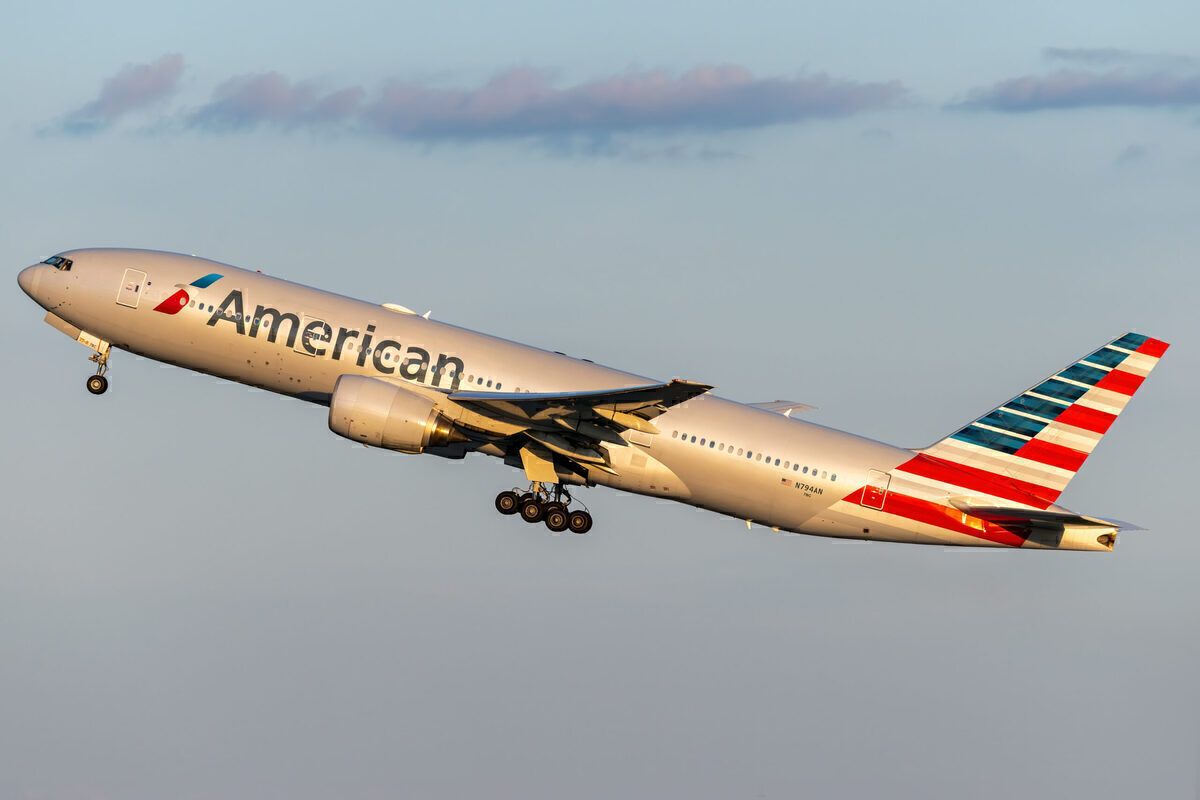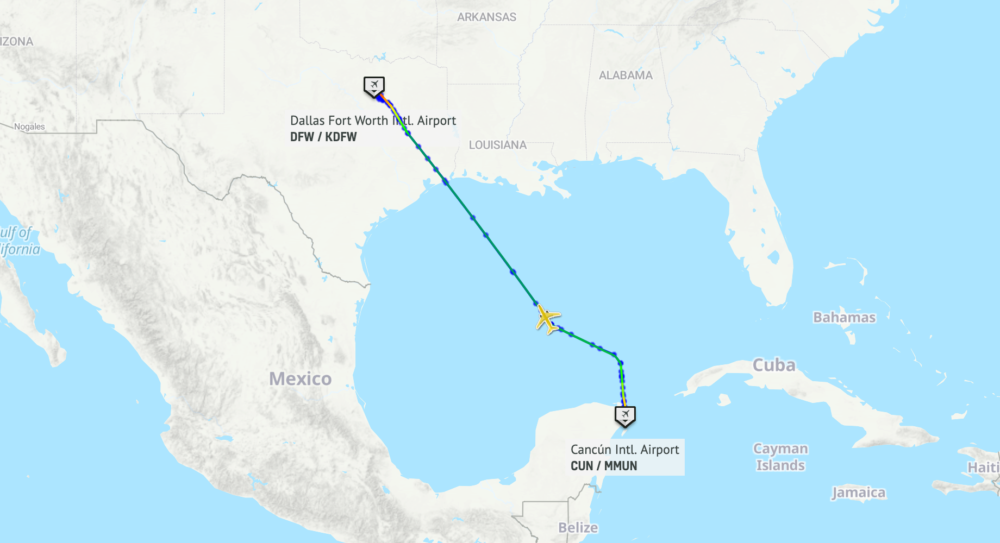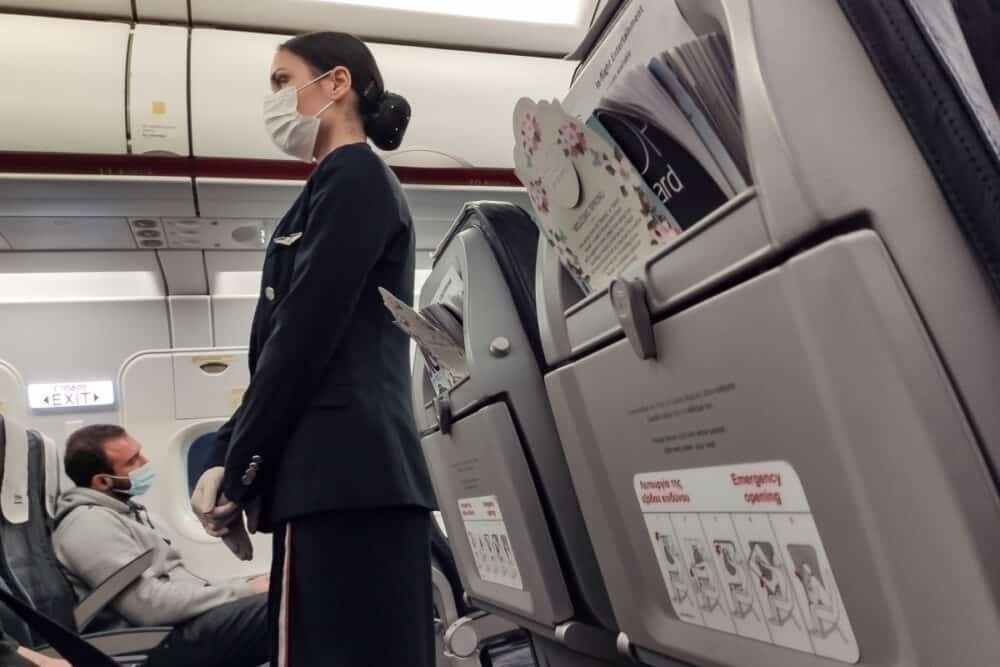**UPDATE: 17/03/2021 @ 14:30 UTC - Statement from American Airlines added below**
An American Airlines flight attendant reportedly suffered serious injuries due to turbulence on a recent flight. The flight encountered strong turbulence on the final approach while flying from Cancun to Dallas on Monday.
Accident
The accident occurred on American Airlines flight AA1601 from Cancun, Mexico to Dallas, Texas, on 15th March. According to the FAA preliminary report, the time of the accident was 18:24 UTC (13:24 Dallas/Cancun time), although details indicate turbulence during the final approach at Dallas.
Data from RadarBox.com shows that the flight departed from Cancun at 12:23 local time, a few minutes behind its scheduled departure. The aircraft quickly reached the cruising altitude of 38,000 feet and began the roughly two-and-a-half-hour journey to Dallas. Data shows that at 13:27, the aircraft slightly increased its speed and increase altitude to 40,000ft.
The flight continued on a straight course for Dallas and landed safely at 14:57 UTC. Notably, the FAA report's description states that "AIRCRAFT ENCOUNTERED TURBULENCE ON FINAL, DALLAS, TX."
In a statement to Simple Flying, an American Airlines spokesperson said,
"American Airlines Flight 1601 from Cancun to Dallas-Fort Worth encountered turbulence on approach to DFW on March 15. The Boeing 777-200 landed without incident and safely taxied to the gate. One flight attendant was transported to a local hospital for further evaluation.”
Stay informed: Sign up for our daily and weekly aviation news digests!
Injuries
The serious nature of the flight attendant's injuries means the event has been classified as an "accident" by the FAA. While turbulence does not usually cause severe structural flaws to the aircraft (though it can affect wear), it can impact those inside the cabin.
If a crew member or passenger is not wearing their seatbelt when the flight encounters turbulence, the risk of injury can be extremely high. Cabin crew are also at a higher risk of injuries from turbulence since they are usually working around the cabin rather than being seated for most of the flight. Depending on the category of turbulence severity, the impact is likely to be higher on those inside the cabin.
While pilots can predict some turbulence, others can be notoriously elusive and severe. This means passengers are recommended to keep their seatbelts on at all times during the flight, regardless of the light. It's not uncommon for the crew to suspend cabin service and even take their seats in case of severe turbulence. However, for cabin crew, turbulence remains an occupational hazard.
Rare occurrences
Despite the threat of turbulence, modern jets are designed to sustain most impact from these weather changes. While there have been cases of several passengers being injured due to sudden turbulence, this remains quite rare across the millions of flights every year.
Have you ever experience severe turbulence during a flight? How did the flight crew respond? Let us know in the comments.



